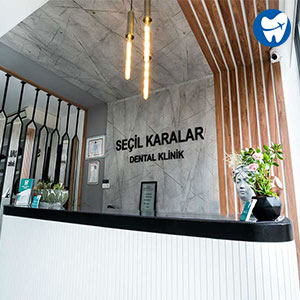With advances in dentistry, newer procedures are being developed to provide better outcomes for patients. Among these are the 3 on 6 and all on 4 or 6 dental implant treatments, both designed to offer sturdy, long-lasting options for a full arch of missing teeth.
But what exactly sets them apart, & which is the right choice for you? Continue reading to learn more!
What is the 3-on-6 Dental Implant Procedure?
The 3 on 6 dental implant procedure involves placing six dental implants in the jawbone to support three separate fixed dental bridges.
Each bridge consists of four crowns —
- Two retainer crowns supported by implants on either side.
- Two pontics occupy the space left by the missing teeth.
However, a significant challenge is faced while opting for 3 on 6 dental implant treatment. Most people who need all their teeth removed have bone loss or infected bone. This makes most people ineligible for 3 on 6 treatment.
Who Is a Good Candidate?
Let us understand who is a candidate for the treatment procedure:
| 3 on 6 | All on 4 |
| Must have a healthy bone condition. | Has some bone loss in the jaws with sufficient remnant bone. |
| Must have minimal or no issues with bone loss or infection. | Requires immediate function without waiting for healing periods. |
| Must have a low smile line – minimal gum exposure when smiling. | Needs a provisional, fixed prosthesis that can be immediately loaded onto the implants. |
| Must have a high maxillary sinus on both sides, creating ample bone for implant placement. | Wants to avoid additional procedures that would increase treatment costs and recovery period. |
Both fixed treatments use titanium implants, have similar timelines, and provide excellent aesthetics, chewing function, and durability.
This might leave you wondering, ‘How are they different?’ Continue reading to discover five important differences between the two.
Overview of the Differences Between 3 on 6 and All on 4 or 6 Dental Implants
Let’s take a look at how 3 on 6 and All on 4 or 6 dental implants differ.
| Aspect | 3 on 6 | All on 4 or All on 6 |
| Design (per arch) | Fixed bridges with 4 units each, supported by 2 implants – Replaces only the teeth | One full arch prosthesis supported by 4 or 6 implants – Replaces gums & teeth |
| Prosthesis | 3 Bridges with 4 teeth each | Single continuous prosthesis |
| Material | Zirconia only | Zirconia & Acrylic |
| Maintenance | Easier – Bottom surface is smooth, which prevents food lodgement | Relatively difficult – Food lodgement under the prosthesis requires attention |
| Adjustments | Relatively easy as there are 3 different segments. | The entire prosthesis is affected if adjustments are made. |
| Customization | Segmented design allows more customization. | Prosthesis is a single unit – less customization |
| Stability | Greater stability but, if one implant fails, it will create significant issues | If one implant fails, others can redistribute the forces |
To know more, read our parent articles on:
- 3 on 6 Dental Implants Turkey
- All on 4 Dental Implants in Bodrum, Turkey
- All on 6 Dental Implants in Kusadasi, Turkey
Conclusion
Both procedures are effective for replacing missing teeth. The 3 on 6 involves fixed bridges which is easier to maintain, while the All on 4 or 6 uses a single prosthesis which replaces both gums and teeth. Consult your dentist to choose the best option for your needs.



